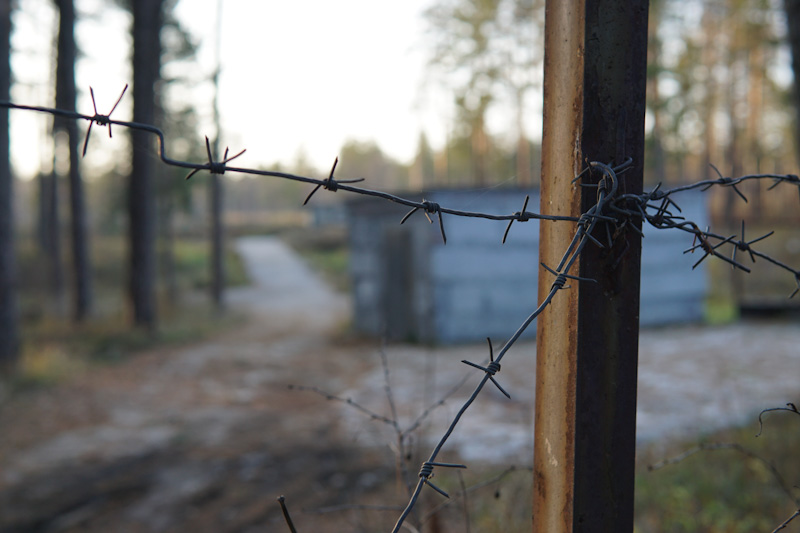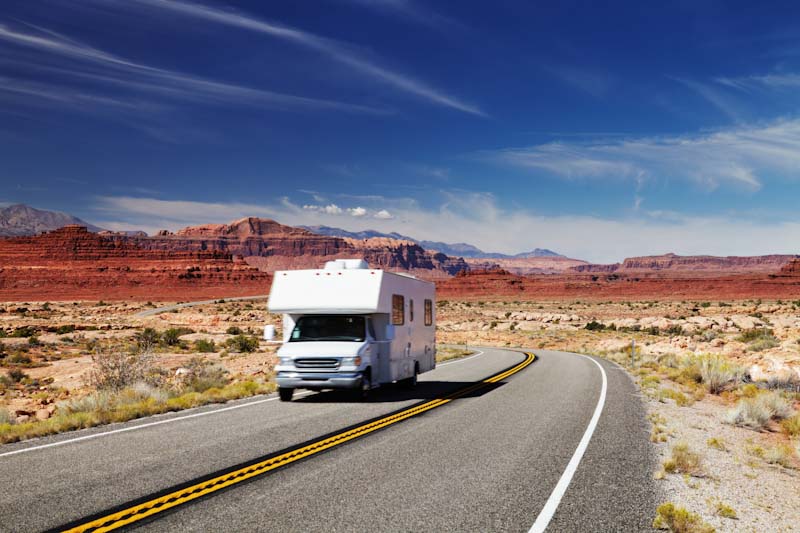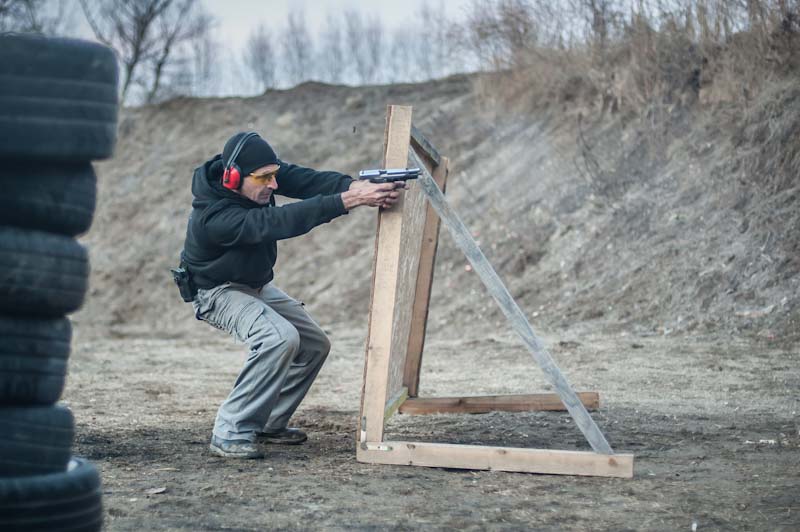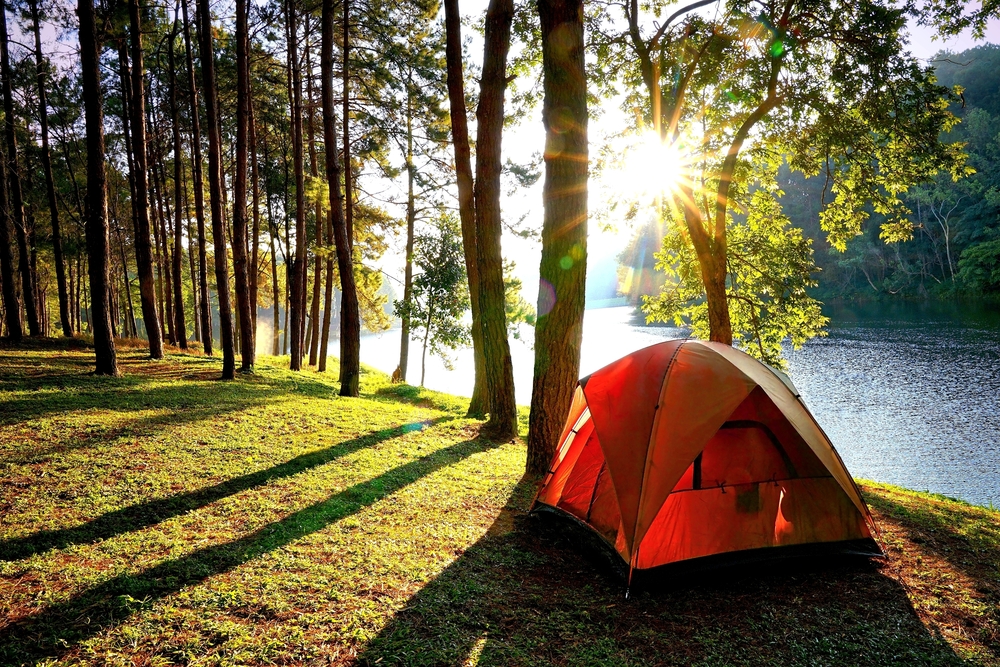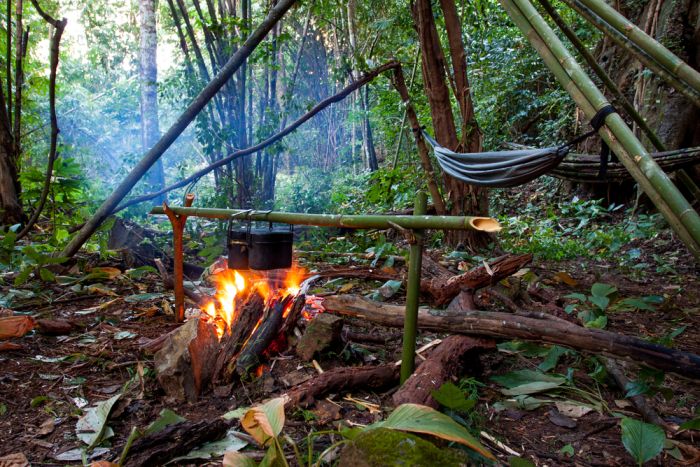Defending home and family is an important part of survival strategy. We talk about hardening our homes to make them harder to break into, what guns are best for survival and the possible necessity of protecting our homes against a gang of hungry looters, who are willing to kill us, in order to steal our food stockpiles. But it seems that we mostly ignore the need to defend our survival retreat, other than mentioning it in passing.
The most prominent ideas about a survival retreat involve a cabin in the woods somewhere. While there are other options to consider, such as bugging out to a small rural town, we’re going to look at it from the viewpoint of bugging out to that cabin, as that shows the type of defensive thinking I want to talk about with you today.
First of all, defending such a survival retreat will usually be considerably different than defending your home, for a number of basic reasons:
- The survival retreat probably won’t be as solidly built as your home
- You won’t be surrounded by neighbors – This eliminates any help from them, as well as the risk of hitting someone with a stray bullet
- It is unlikely that you’ve thought about a bug out plan from your bug out retreat
- There probably won’t be a definite “property line” that you can use as a trip line to put your defensive plan into effect
- Terrain will play a much bigger part in your defense
- You will be further from medical help, if any exists; making wounds more serious
- If you’re in the woods (something we all imagine), any attackers will be able to use the concealment the woods offer to get close to your retreat
I’m sure there are other differences; but this is sufficient to show that we need to think carefully about our defensive plan at our bug out retreat, long before we get there. Actually, planning the defenses should be right up there with the very first part of planning and setting up that survival retreat.
Location is Critical
As with retail, location of a survival retreat is critical. You obviously want it to be far enough away from your home, so that it won’t be affected by whatever disaster is causing you to bug out. At the same time, you want it to be close enough so that you can get there, even if you are forced to walk. You also want good access to resources like firewood, water and wild game. But that’s not all.
From a defensive point of view the first thing to consider is being hidden from casual view. You don’t want people to be able to see you, while going down the local roads. “Out of sight, out of mind” is a very real part of defending yourself and your family.
But even the best hidden locations might be found, even by accident, making the need for strong defenses important. You want those strong defenses to start as far from your retreat as possible, with the idea of stopping them before they can get close. This makes fields of view, otherwise known as fields of fire, important. While you want your retreat hidden, you want to be able to see anyone who might try to approach. Open meadows are ideal for this.
Ideally, you want to take the high ground, as it is always easier to defend. With the high ground, you can shoot down on anyone trying to attack or even approach. On the other hand, if you occupy the low ground, all they have to do to gain superiority in a fight, is find somewhere where they can shoot down into your compound. High ground may not be convenient for hauling water and firewood; but it’s a definite advantage in a fight.
Use Terrain to Screen Access
Another important part that the land can play for you is blocking off access to reaching your encampment. Old castles and forts were often built where the natural terrain made approach from more than one or two angles impossible. This made the job easier for the defenders, as they didn’t have to keep watch for 360 degrees. At the same time, it reduced options for any attackers.
One of the best natural defenses in this regard is a cliff. While it is possible for individuals to scale a cliff face, it is too much for a large force to attempt. Attackers may try to sneak one or two people up that cliff, while the rest of the group tries a frontal assault; but that’s probably about it. One person on watch can provide ample defense against that risk, if they are alert.
Thick trees or underbrush can effectively block access as well, as it can be hard to move through that brush without making a lot of noise. There’s a tricky balance on this one, as trees can provide good cover and concealment to the attackers. It has to be thick enough to make moving through difficult or it plays to the attackers’ benefit.
Water is another good defensive screen; not so much because it can’t be crossed, as because it can’t be crossed covertly. It’s easy to see anyone crossing a lake or river, unless they can manage to do so underwater. But we’re not talking about defending against SEAL Team 6.
Build Obstacles
There will always be places where any attackers can approach easily. You actually want one or two of those, as it makes it easier to predict their actions. Most people will pick the easy way, unless they are trained soldiers. Those trained soldiers probably won’t be your problem.
But just because there are easy places to approach from, doesn’t mean that you have to let them stay easy. A lot can be done to take an open field and make it harder to cross, such as:
- Digging a trench through it and putting obstacles in the bottom
- Building a fence
- Dragging logs or entire trees across that they will have to climb over
- Planting cactus
- Placing trip hazards
Nothing you do will stop them from coming through that open field and really, that’s not what you should be trying to do. What you want, is to make them pause at a point where they will be a good target for your guns. It will be easier to hit them while they are stopped, dealing with an obstacle, than when they’re walking or running across the field.
Defense in Depth
Those obstacles are the first part of building a defense in depth. If you look at old castles or forts, they will always have at least three layers of defense, if not more. What we consider the main layer of defense, the castle or fort walls, is actually the next to last layer. There will usually be one inside of that; some sort of strong room that they can retreat to, if the walls are breached. From there, they would flee through an escape route. Probably a tunnel of some sort.
Outside the walls, there will be breastworks to fight from that are fairly near the walls (within 50 feet) and another set of breastworks further out (200 to 300 feet). This allows the defenders a secure place to fight from, where they have good cover and concealment, while still having the ability to retreat back to the fort itself, if necessary. But the idea is to keep the fight outside the walls, with the cannon, archers and siege engines within the walls supporting that defense.
You need some sort of breastworks outside your retreat as well. They don’t have to be continuous, but can simply be a series of mutually-supporting fighting positions that form a rough line. Start with any rock outcroppings that are already there and use fallen logs to make positions between them. Make sure that these defensive positions not only provide cover and concealment while fighting, but can provide concealment while retreating as well.
Your final layer of defense is the walls of your survival retreat. Unless you build it out of concrete or large diameter logs, don’t expect that it will stop rifle bullets. A typical log cabin might stop pistol bullets, but not those from any rifle larger than a .22LR.
Prepare for a Siege
The old castles of Europe were so well designed and built, that they were nearly impossible to conquer, Hollywood notwithstanding, as long as they were adequately defended. Attackers usually had to lay siege to the castle, essentially starving the inhabitants out.
This is a very real risk for you as well; not so much from the viewpoint of running out of food, but of running out of water. Ideally, those old castles had a spring inside; but if they didn’t, they built a large cistern, which was kept filled. You will need the same, if you don’t want them to win by allowing you to become dehydrated.
Be Ready to Escape
Finally, you always want a prepared escape route, preferably one that they can’t find. Ideally, that means a tunnel you can escape through; but digging a tunnel is a lot of work. You’re probably going to need something like a path through the woods, which they might not be able to find, but which your team knowns well enough to run down it in the dark.
Bugging out from your survival retreat entails everything that bugging out from your home does. That means developing another complete bug out plan and finding another place for a secondary retreat. This retreat probably doesn’t need to be as permanent though, as chances are that the attacker will leave, once they eat your food. That will allow you to return, albeit without all the supplies you had stockpiled. Hopefully, you’ll have crops planted to augment your attempts to live off the land.


